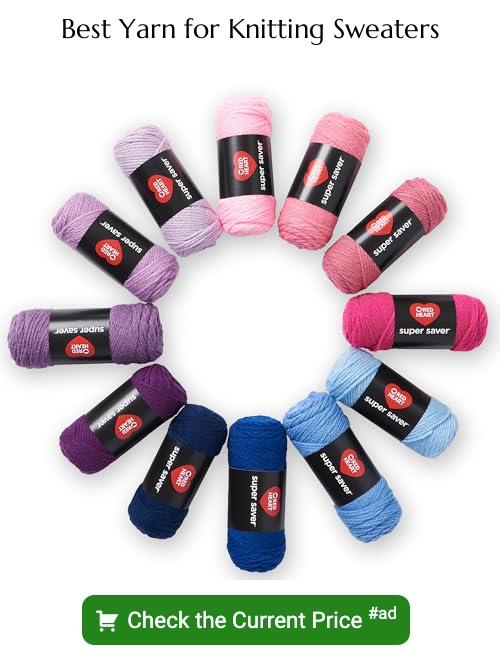Understanding how much yarn to purchase for a sweater project is crucial because it prevents half-finished projects and unnecessary expenses.
Determining the amount of yarn needed for a sweater is dependent on a few key factors such as the size of the sweater, the stitch pattern, and the thickness of the yarn.
On average, for a medium-sized adult sweater, you’ll require approximately 1200 to 1500 yards of yarn.
However, for a more detailed breakdown, including variations in sweater size, yarn weight, and stitch complexity, continue reading.
This article provides all the necessary insights to help you estimate the right amount of yarn for your sweater project, ensuring you neither run out midway nor end up with excessive leftover yarn.
Key takeaways:
- Sweater sizes and their corresponding yarn yardage:
- – Babies (12-18 months): 300-400 yards
- – Toddlers (2-6 years): 500-700 yards
- – Children (6-12 years): 800-1,100 yards
- – Misses Sizes (32-40 bust): 1,300-2,200 yards
- – Plus Sizes: 2,000-3,000 yards or more
- Factors that can affect the amount of yarn needed: stitch pattern, yarn weight, and sweater size
- Tips for estimating yardage for partial skeins
- Considerations when choosing the right yarn for a sweater project
- Matching yarn weight with the correct needle or hook size
Determining the Amount of Yarn Based On Sweater Size
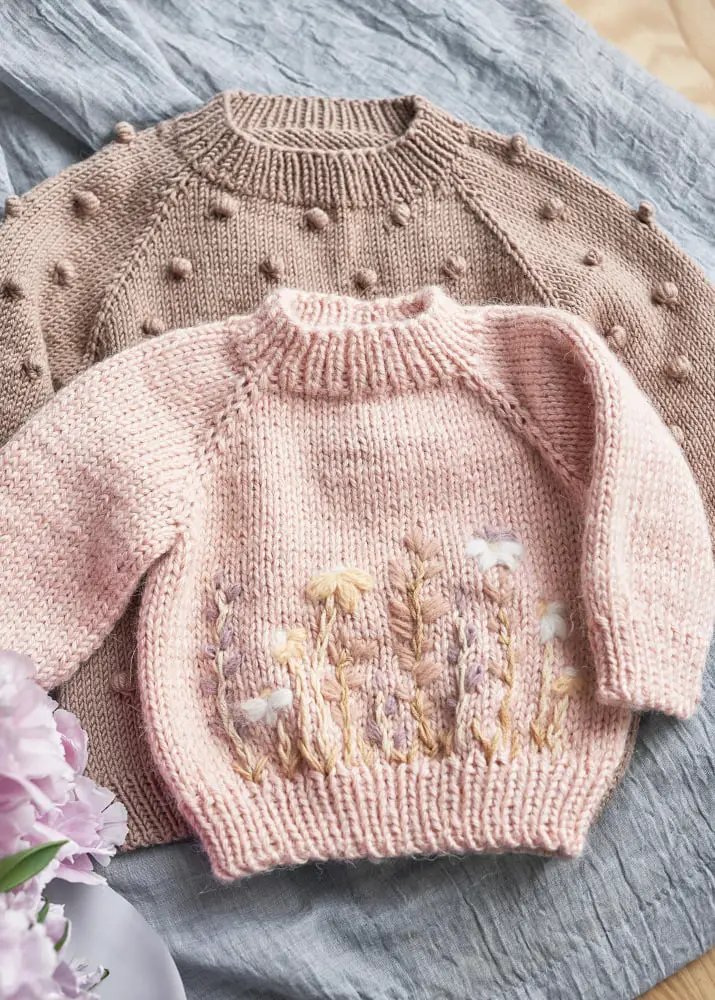
When creating your sweater, keep in mind that size plays a significant role in determining yarn quantities. For instance, a baby sweater, as compared to an adult sweater, will necessitate less yarn due to the smaller measurements.
1. Babies (12-18 months) – Sweaters in this category require about 300 to 400 yards of yarn.
2. Toddlers (2-6 years) – For toddler-sized sweaters, plan on 500 to 700 yards.
3. Children (6-12 years) – Making a sweater for older children typically calls for 800 to 1,100 yards.
4. Misses Sizes (32-40 bust) – For these adult sizes, expect to use about 1,300 to 2,200 yards.
5. Plus Sizes – Sweaters made in these sizes may require from 2,000 to 3,000 yards or even more, depending on the specific size and style.
These estimates act as a foundational guideline. Remember, different stitch styles, pattern complexity, and yarn thickness can alter the amount required. So, always have a little extra on hand.
Babies 12-18 Months (yarn Estimates for Different Types of Sweaters)
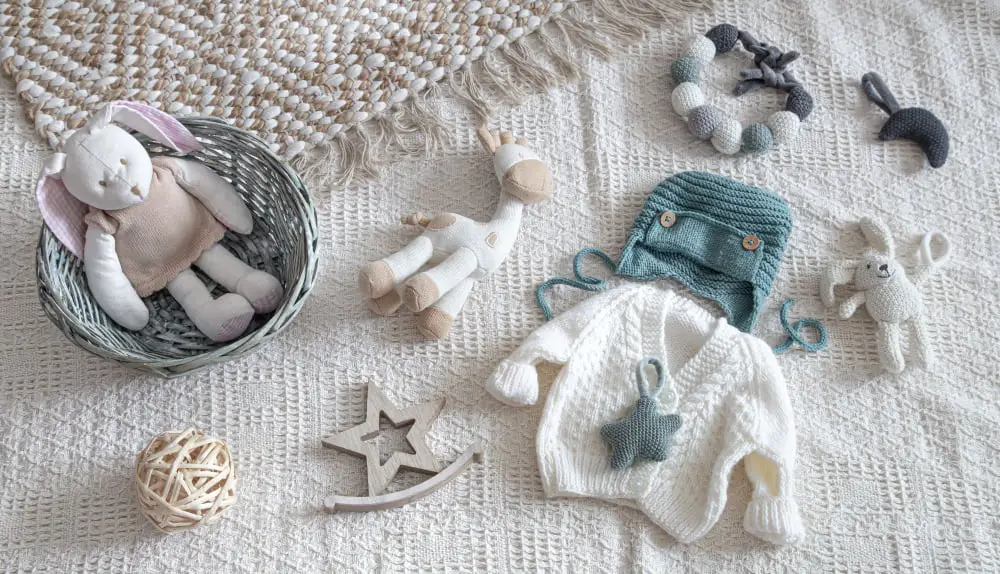
For this age group, a basic pullover or cardigan generally requires 300 to 500 yards of yarn. The exact quantity, however, hinges on the pattern intricacy, the chosen stitch, and the desired thickness or weight of the yarn.
Chunky or bulky yarn, for instance, will demand less yardage compared to finer options – approximately 300 to 400 yards. A detailed stitch or pattern, on the other end, might necessitate a bit extra, nudging the total towards 500 yards.
When a hood or additional features like pockets or buttons are factored in, expect to accommodate an additional 50 to 100 yards. Lastly, recall that these figures are estimates – to ensure you don’t run short, always consider buying one extra skein beyond your calculated requirement.
Toddlers 2-6 Years (yarn Estimates for Different Types of Sweaters)
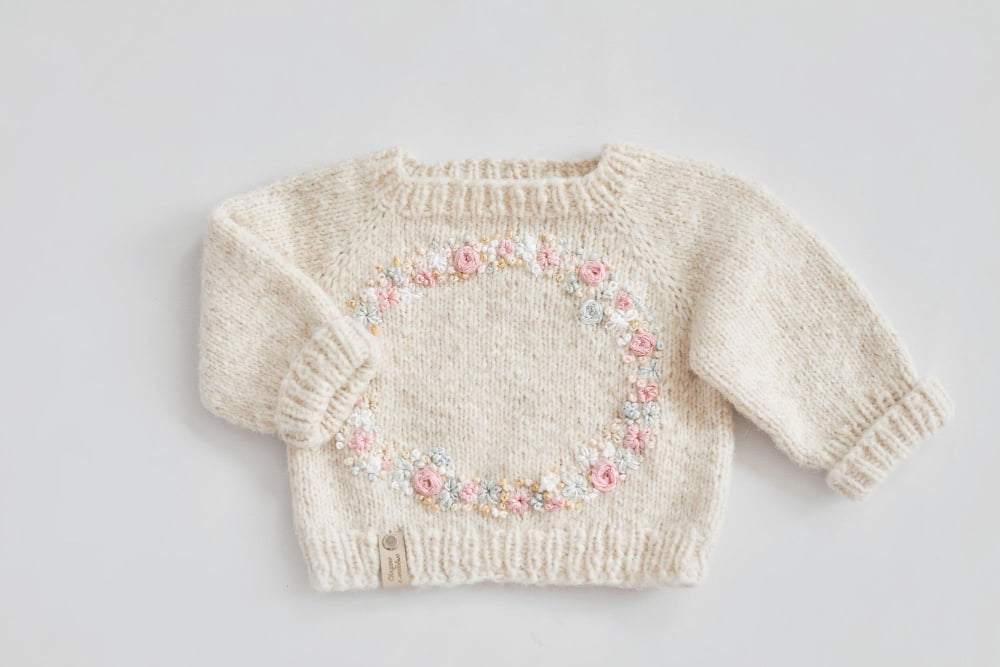
To craft a simple toddler sweater, around 300-500 yards of yarn will be required. Bear in mind that yarn weight is important in consideration. Lighter-weight yarns, such as sport or DK, often require more yardage than bulkier yarns.
When knitting a cardigan, an additional 100-200 yards may be necessary for extras like a collar or button stand. For cabled or heavily textured patterns, count on up to 25% more yarn.
For sweaters with a colorwork pattern, the yardage for each color should be calculated separately. In general, the main color consumes about 60-70% of the total yardage, with the rest distributed among the contrasting colors.
Finally, it’s wise to buy an extra skein as insurance to cover any variations in individual knitter’s tension or unexpected situations. The extra can be used for matching accessories or returned if unused and unopened.
Children 6-12 Years (yarn Estimates for Different Types of Sweaters)
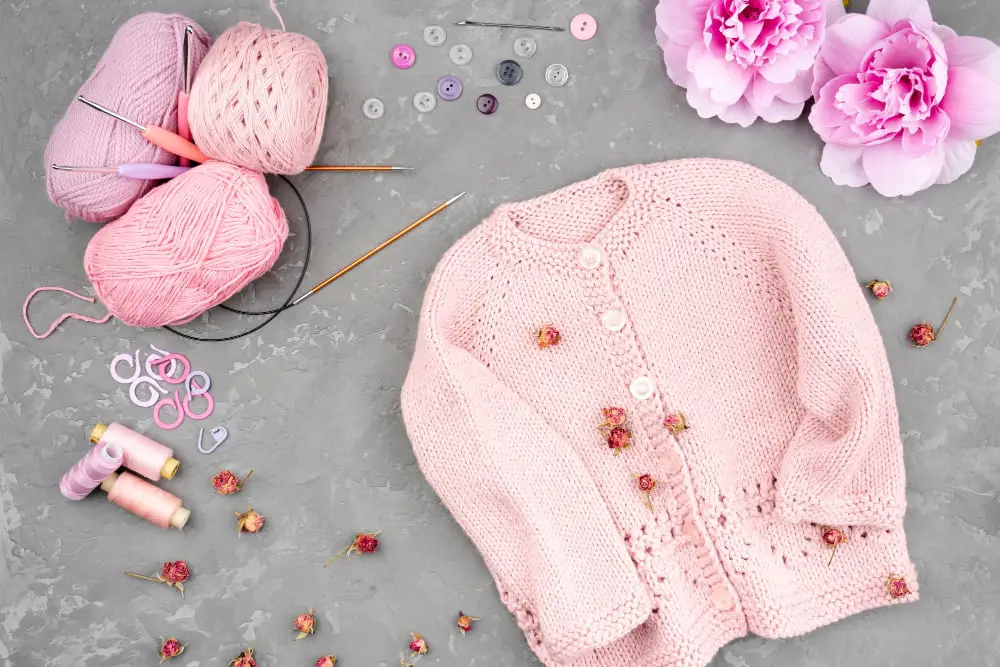
For this age group, the sweater type plays a significant role in influencing the quantity of yarn required.
1. Pullovers: Generally, a pullover requires fewer skeins as it lacks the additional fabric of an open-front garment. To create a pullover for a 6 to 12-year-old, typically between 500-700 yards of yarn is needed.
2. Cardigans: Adding a button-front to a sweater increases the yarn demand. For a cardigan, the yardage might increase to somewhere between 600-800 yards.
Remember, these numbers are general estimates. The required yardage can vary depending on the yarn weight, the stitch pattern, the intricacies of the design, and the desired fit of the sweater. Always refer to your chosen pattern for more specific yarn requirements. If a pattern isn’t available, a gauge swatch can help in determining the right yardage.
Misses Sizes 32-40 Bust (yarn Estimates for Different Types of Sweaters, Including Variations for Cardigans and Pullovers)
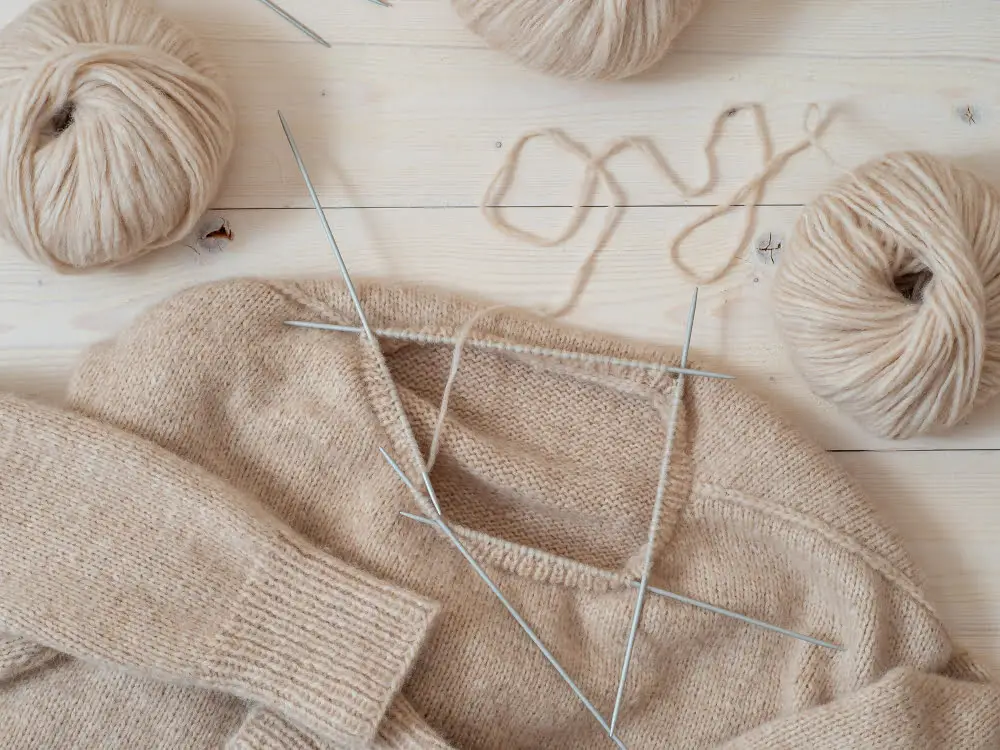
When choosing the amount of yarn necessary for Misses sizes (typically defined as bust measurements between 32″ to 40″), you need to consider both the type and the style of the sweater. A simple pullover sweater, for example, usually requires between 1000 to 1500 yards of yarn. Lighter yarn types, such as dk yarn, will be at the higher end of this range, while thicker yarns, such as worsted weight, may require less.
On the other hand, cardigans, due to their open front, tend to require slightly more yarn, typically ranging between 1500 to 2000 yards. Again, this will vary depending on the weight of the yarn and intricacy of your pattern.
Furthermore, if you plan to add design elements like cables or fancy stitches those could potentially consume more yarn. So, factoring in an extra 10% of yarn might prove beneficial for such designs.
Remember, these are general estimates and your exact yardage may vary based on the specific pattern and chosen yarn. Always refer to your pattern for more precise amounts.
Plus-Size Sweaters Yarn Requirements
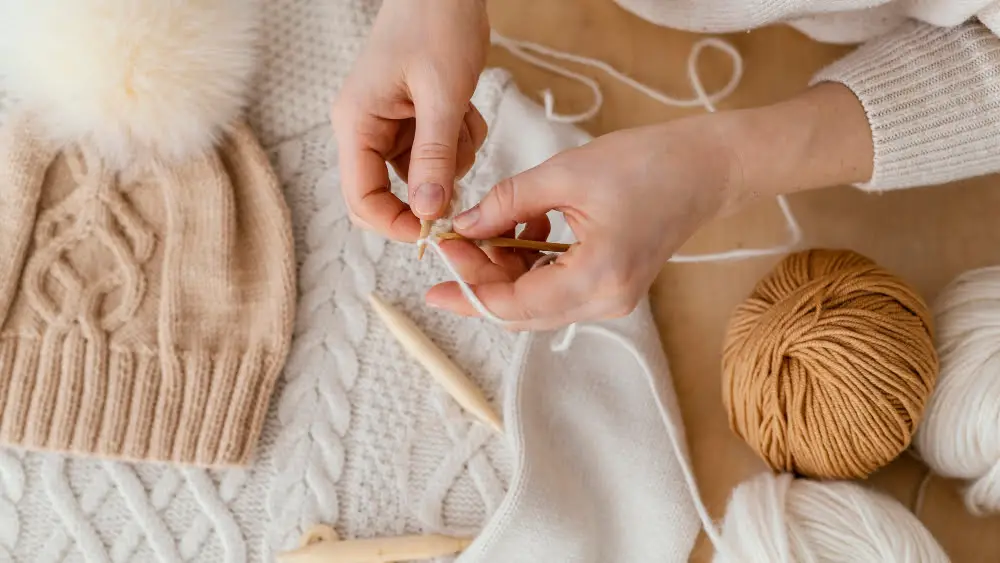
When it comes to crocheting or knitting plus-size sweaters, the quantity of yarn needed tends to increase significantly. Understanding this requirement ahead of time can prevent premature yarn depletion and ensure a smoother crafting process. Generally, these requirements would be as follows:
1. For pullover sweaters, it’s recommended to have around 1500-2000 yards of yarn. The exact amount may vary based on pattern intricacies and individual knitting or crocheting style.
2. In case of cardigans, which typically have a more open design that includes buttons or zippers, around 1700-2200 yards of yarn would be adequate.
3. More intricate patterns or those with additional elements such as collars or extended lengths could require an additional 200-400 yards.
4. Always remember to check the yarn’s weight and thickness. Heavier, thicker yarns cover more space, which might reduce the total yardage required.
5. Finally, a bit of extra yarn is always a good idea to account for potential mistakes or gauge differences. This surplus should be around 10% of the total yardage.
Knowing these points helps one be prepared and avoid unnecessary interruptions while working on plus-size sweater projects.
Estimating Yardage for Partial Skeins
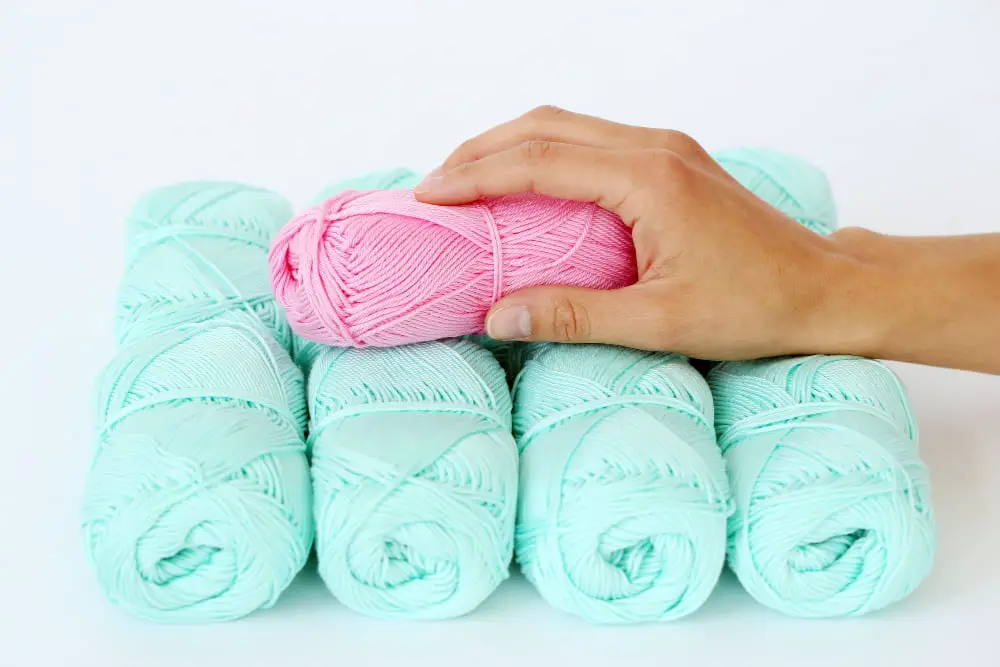
When working with partial skeins, estimating your yardage effectively is a valuable skill to ensure you have sufficient material. Try the following steps:
1. Weigh the entire partial skein on a digital kitchen scale to find its accurate weight in grams.
2. Find out the total yardage and weight of the yarn (assuming it is a full skein) through the information provided on the yarn label. For instance, if a full skein weighs 100 grams and it has 200 yards, that means each gram of yarn yields 2 yards.
3. Multiply the weight of the partial skein by the yardage per gram to calculate the total yardage for your partial skein.
Remember, these calculations provide an estimate and it is always better to have a little more yarn than come up short. Hence, buying an extra skein than estimated might be a good idea.
Choosing the Right Yarn Based On Project Specifications
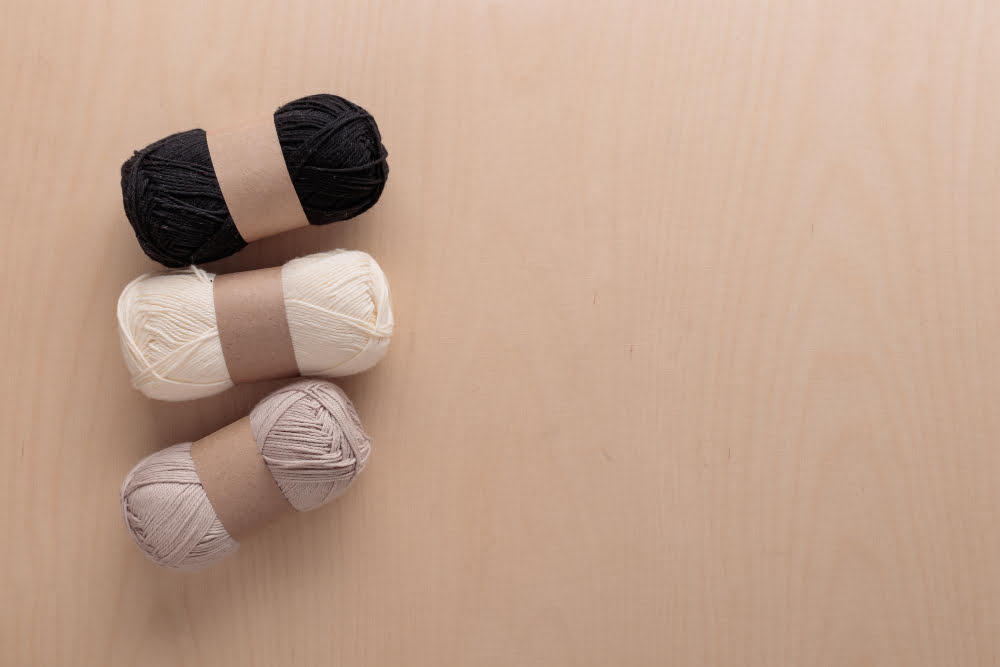
Selecting the appropriate yarn involves several crucial factors.
Firstly, the stitch definition can significantly impact the end result. For an intricate pattern, steer clear of fluffy or boucle yarns as they can obscure stitch definition.
Next, consider the drape. Some materials, like cotton or silk, offer a flowing drape perfect for lightweight sweaters. In contrast, wool or acrylic holds shape well, ideal for more structured pieces.
Also, color choice is vital, especially when working with multiple hues. Variegated yarns can add a lovely effect but may alter the look of certain stitch patterns.
Lastly, the yarn’s care instructions can’t be overlooked. Wool often requires hand washing and flat drying, but acrylics can usually go in the washer and dryer. Matching the care instructions to the wearer’s lifestyle ensures the garment maintains its look and feel for as long as possible. It’s always sensible to meticulously consider these factors when choosing the right yarn for a sweater project.
Understanding Yarn Weight and Matching It With Correct Needle or Hook Size
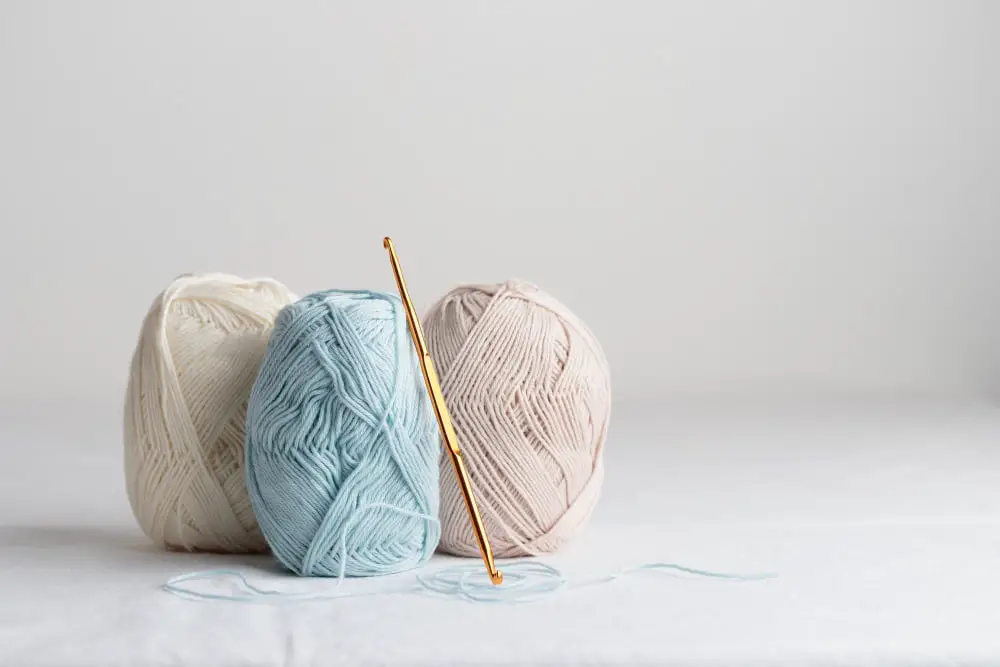
To pick the right tool for your yarn, it’s necessary to understand yarn weights, which are classified into categories from super fine, also known as fingering, to jumbo. The thicker the yarn, the heavier its weight.
For super fine yarn, ideal for lightweight sweaters, use a size B-1 to E-4 crochet hook or size 1 to 3 knitting needles. Fine or sport-weight yarn works well with a size E-4 to 7 crochet hook or size 3 to 5 knitting needles. Medium or worsted weight yarn, perfect for all-purpose sweaters, requires a size I-9 to K-10.5 crochet hook or size 7 to 9 knitting needles.
For chunky sweaters, use bulky weight yarn paired with a size K-10.5 to M-13 crochet hook or size 9 to 11 knitting needles. If an extra cozy, chunky knit is preferred, look for a super bulky yarn and use a size M-13 to Q crochet hook or size 11 to 17 knitting needles.
Lastly, for jumbo yarn, which yields the chunkiest of knits, N/P 15 or larger crochet hook or size 17 and larger knitting needles are optimal.
Remember, these are general guidelines and the right match might change based on your project’s specifications and personal tension. Always knit or crochet a gauge swatch to ensure your chosen yarn and tool combination results in the desired fabric density.
FAQ
How do you calculate yarn yardage for a sweater?
To calculate yarn yardage for a sweater, divide the total number of yards or metres in a full skein by the weight of the full skein in grams (converting to grams if only ounces are given on the label), and then multiply this number (referred to as number B) by A (the weight of your ball in grams) to obtain the approximate number of yards or metres in your ball.
How much yarn does it take to crochet a sweater?
To crochet an adult-size sweater, most patterns require approximately 4–11 skeins of yarn, equating to between 1000 – 3,500 yards.
How many ounces of yarn do I need for a sweater?
For an average women’s medium sweater, you typically need between 20 to 28 ounces of yarn.
What factors influence the amount of yarn needed for a specific sweater pattern?
The amount of yarn needed for a specific sweater pattern is influenced by factors such as the size of the sweater, the stitch pattern used, the thickness of the yarn, and the density of the stitches.
Can the type of stitch used affect the quantity of yarn needed for a sweater?
Yes, the type of stitch used can significantly affect the quantity of yarn needed for a sweater.
How does the sweater size impact the required yarn yardage?
The size of the sweater significantly impacts the required yarn yardage, with larger sizes necessitating more material to ensure the garment’s complete coverage and proper fit.
